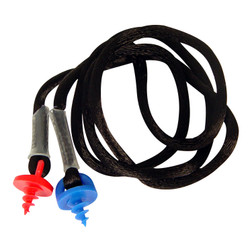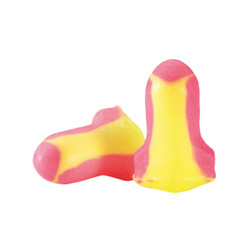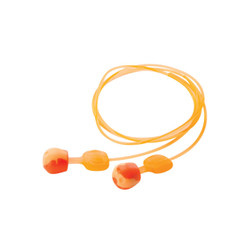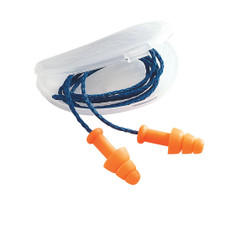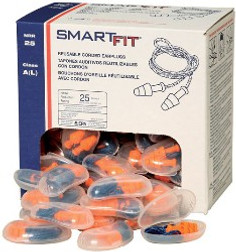All Products
-
$34.20
-
$50.30
-
$1.89 - $2.25
-
$2.10
-
$16.10
-
$10.50
-
$4.70
-
$37.10
-
$69.95
-
$4.20
-
$34.70
-
$567.60
-
$41.90
-
$127.40
-
$95.00
